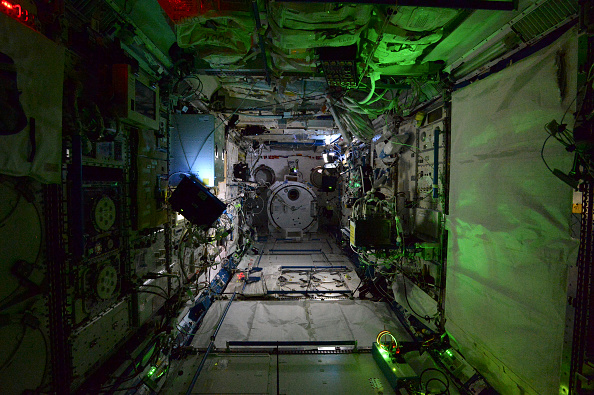
Most astronauts agree that being in space is a wholly different experience than being on earth. Aside from the daily peculiarities like sleeping strapped down, human beings in space are exposed to threats that earth-bound people might consider mere casual inconvenience.
During the Apollo 7 mission, in which NASA's Apollo space program first launched a crew in space, the true effects of a common sickness in space. Walter Schirra, Donn Eisele and R. Walter Cunningham were aboard the Apollo aircraft in its seventh run and during their time in space Schirra developed a head cold. It led him to become irritable and stubborn about mission control's orders. Fortunately, all three astronauts made it home safe. Since then, NASA has instigated a stricter investigation of all crew and cargo to be launched in space.
Mere days ago, the space agency announced that they were postponing a cargo launch due to liftoff on March 10, 2016. NASA has explained that the delay was caused by a mold growth found in the cargo. The team behind the launch have decided to unpack and disinfect all the other bags thus moving the launch date to March 22, 2016.
"Micro-organisms are everywhere and this type of micro-organism is not uncommon. NASA inspects, samples and disinfects cargo bags to ensure a safe environment for the crew members" explained Dan Huot from NASA's John Space Center.
On Earth, the common black mold is known to cause irritation in the eyes and skin. More severe symptoms include wheezing, shortness of breath and fever. It is unknown what conditions in space would make of the molds. However according to scientists, a spacecraft is the perfect petri dish for infectious diseases. Quarters tend to be densely packed and bathing is usually kept to a minimum - the perfect conditions for an outbreak.
